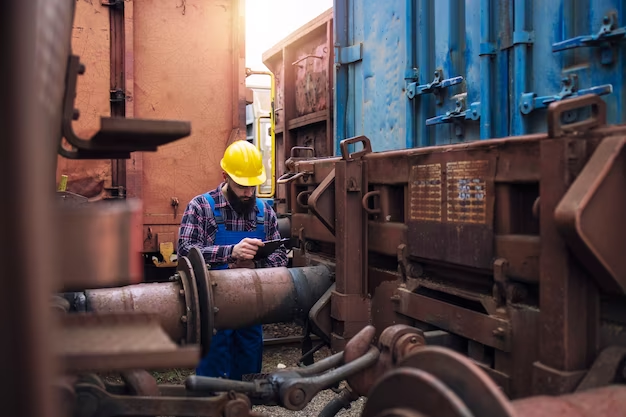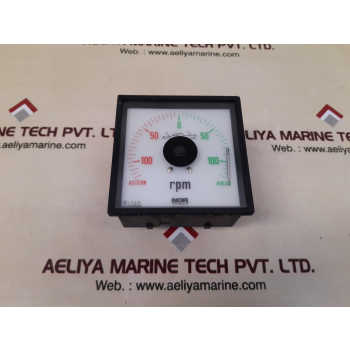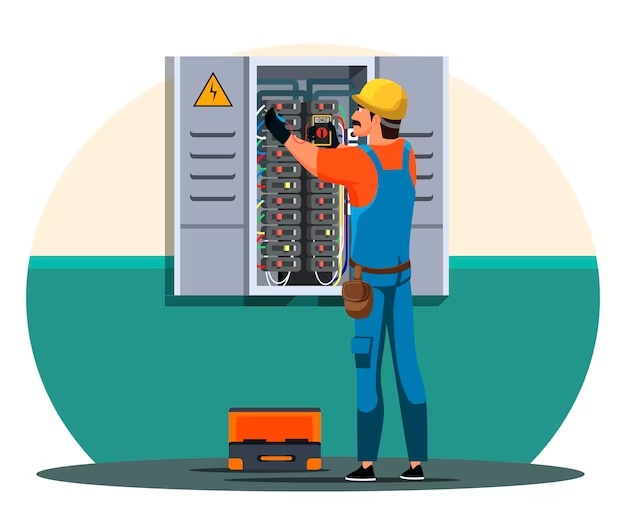Introduction to Marine
Automation
Marine automation refers to the application of advanced technologies to streamline and enhance the operation of maritime systems and vessels. Integrating computer-based control systems, sensors, and artificial intelligence, marine automation optimizes navigation, communication, and safety protocols. This innovation allows for more efficient vessel control, precise planning, and improved response to environmental conditions. By reducing manual intervention, marine automation aims to increase overall efficiency, ensure safety, and contribute to sustainable practices in the maritime industry. As vessels become increasingly independent, the field continues to revolutionize maritime operations, ushering in a new era of smart and technologically-driven navigation.
Advancements in Vessel
Control Systems
Advancements in Vessel Control Systems have
revolutionized maritime navigation, steering ships into a new era of efficiency
and precision. Traditional methods give way to cutting-edge technologies,
featuring integrated sensors, automated controls, and complicated data
analytics. These systems empower sailors with real-time insights into
navigation, momentum, and safety protocols. The evolution encompasses not only
improved accuracy but also streamlined operations, reducing human error and
attractive overall vessel performance. From dynamic positioning to advanced
autopilot capabilities, these innovations mark a transformative increase in
maritime technology; ensuring ships navigate the seas with unprecedented
reliability and control.
Integration of Artificial Intelligence in Maritime Operations
The integration of Artificial Intelligence (AI) in maritime operations represents a pattern shift, revolutionizing traditional navigation and ship management. AI algorithms analyze huge datasets in real-time, enhancing decision-making processes for route optimization, collision avoidance, and fuel efficiency. Automation in predictive maintenance ensures vessel reliability, while smart systems enable adaptive responses to dynamic sea conditions. This technological synergy streamlines operations, augments safety measures, and optimizes performance, marking a transformative era where AI becomes the navigational range guiding the maritime industry toward exceptional levels of efficiency and innovation.
Ensuring the safety and reliability of automated marine systems is vital in navigating the seas of progress. Advanced technologies demand particular attention to system integrity and performance, mitigating risks inbuilt in autonomous operations. Accurate safety protocols, redundancy measures, and continuous monitoring make stronger these systems against potential failures, fostering confidence in their reliability. This focus on safety not only safeguards human lives and valuable cargo but also establishes trust in the transformative capabilities of automated marine systems, paving the way for a maritime future that prioritizes both efficiency and security on the open waters.
Smart Navigation and Communication Technologies
revolutionize maritime operations by integrating advanced systems that enhance
efficiency and safety. Utilizing cutting-edge sensors,
satellite navigation, and communication protocols, ships navigate with
precision, avoiding obstacles and optimizing routes. These technologies enable
real-time data exchange between vessels and onshore centers, nurturing seamless
communication. From collision avoidance to weather monitoring, the smart
integration of navigation and communication technologies ensures a safer and
more connected maritime environment. This evolution in maritime systems not
only improves operational effectiveness but also contributes to a sustainable
and digitally empowered future for the shipping industry.
Challenges and Solutions in Implementing Marine Automation
Navigating the implementation of marine
automation presents challenges such as technical complexities, cyber security
concerns, and workforce adaptation. Vessel operators struggle with integrating
advanced technologies while ensuring safety and reliability. Solutions involve
robust cyber security protocols, comprehensive training programs for crew
members, and collaborative industry efforts to establish standardized
automation practices. Overcoming these hurdles requires a strategic approach
that balances innovation with practical considerations, fostering a smooth
transition to automated systems in the maritime industry.
The future of marine automation holds exciting scenario,
with trends and innovations set to redefine maritime operations. Independent
vessels, propelled by advancements in artificial intelligence and sensor
technologies, promise increased efficiency and safety. The expansion of smart
shipping and the utilization of data analytics for analytical maintenance are balanced
to optimize vessel performance. As technology continues to evolve, the horizon
of marine automation unveils a dynamic landscape, shaping a future where
innovation navigates the seas towards unique levels of efficiency and
environmental responsibility.
Cutting-edge advancements include the
implementation of advanced sensor technologies and machine learning algorithms,
enabling predictive maintenance strategies that enhance vessel performance and
reliability. The rise of autonomous vessels is revolutionizing navigation, with
vessels increasingly equipped to operate independently. The persistent
influence of the Internet of Things (IoT) facilitates seamless connectivity,
enabling real-time monitoring and control. Meanwhile, the development of smart
ports and the incorporation of blockchain technology are on the edge to
optimize logistics, ensuring secure and transparent transactions
Conclusion
In closing, "Powering Efficiency: Navigating the Future with Marine Automation" unfolds the exciting advancements navigation the maritime world. From smarter ship controls to using Artificial Intelligence, it shows how automation is transforming the industry. Safety and sustainability take center stage, with real-world examples showcasing successful changes. It's a journey towards a promising automated era in the maritime world, where technology and progress set steer hand in hand, navigating us into a bright future on the open seas.
.jpg)
.jpg)















